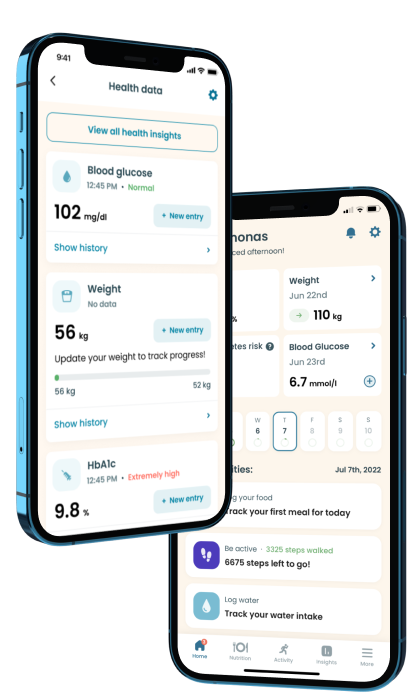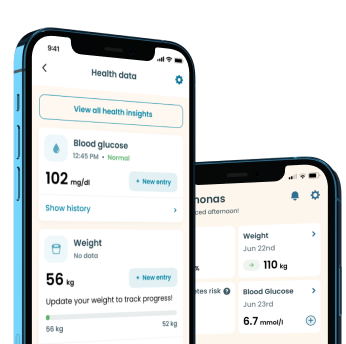Curd and Diabetes

It's ok
28
96 kcal
Diabetes is one of the world health concerns today, as individuals may have it without even knowing. Often, the condition is irreversible. But with the intake of the right meal composition, it is possible to manage the situation.
People with diabetes are often advised to stay clear of junk and sugary food to avoid worsening the situation. The right meal suitable for diabetic patients should contain high protein, high fiber, and low fat.
Amazingly, taking a bowl of curd fits into the right meal requirement, as it is also capable of helping manage diabetes.
Here are some findings on curd and diabetes that will help you manage your blood sugar and live a healthy life.
Nutritional value
- Protein 11 g
- Carbohydrate 3.4 g
- Fat 4.3 g
- Fiber 0 g
- Sugar 2.7 g
- Cholesterol 17 g
Can a Diabetic Person Eat Curd?
Yes. Eating curd is good for you, especially if you need to manage your blood sugar level. Curd has a glycemic load of 2.8 and a glycemic index of 28. This makes it a very healthy meal because it doesn’t release sugar into the blood fast.
1 gram of curd contains about 10 grams of carbohydrate, meaning it has low glucose. Curd is low in carbohydrates, which is good since it helps to slow down the absorption of nutrients in the body while managing your blood glucose level.
Diabetics should take a meal of around 45 to 60 grams of carbohydrate as eating more than that may result in unstable blood sugar.
So, it means you need to top your carbohydrates intake when eating curd. To increase your carbohydrate intake, you can add carbohydrates like whole-grain to increase the nutritive value of your food.
Take a quiz
Discover what Klinio app can do for you
Healthy diabetes meal plan crafted just for YOU

Personalized workouts with no equipment needed

Track your progress with smart tracking tools

Why Curd?
Curd is important for a lot of reasons, here are a few of them.
People with lactose intolerance lack the enzymes which help with protein, lactose, glucose, and galactose. Eating curd helps to break down lactose as it contains probiotics.
Adult calcium intake is 600 to 800 mg. Eating a cup of curd will give you 210 mg, which is about one-third of the requirement. Calcium helps to boost the metabolic system of the body and helps to break down fat.
Curd is a great source of probiotics, a healthy bacteria that helps with a healthy gut and digestive tracts. It also helps to aid the proper functioning of insulin.
According to a report given by Harion Yadav at the National Dairy Research Institute with the Animal Biochemistry Division, the Lactobacillus acidophilus and Lactobacillus casei in curd have a delay effect in the increase of diabetes.
Conclusion
Curd is a healthy meal that contains potassium, calcium, vitamins, and other healthy minerals. When researching curd and diabetes, research showed that curd is healthy for diabetic patients.
It also contains probiotic bacteria that help to improve blood sugar management and other functions.

Download Klinio app!
Get more by downloading our free Klinio App. Analyze your health, form new habits and manage your diabetes anytime, anywhere.
OR
SCAN QR CODE



GET THE APP











